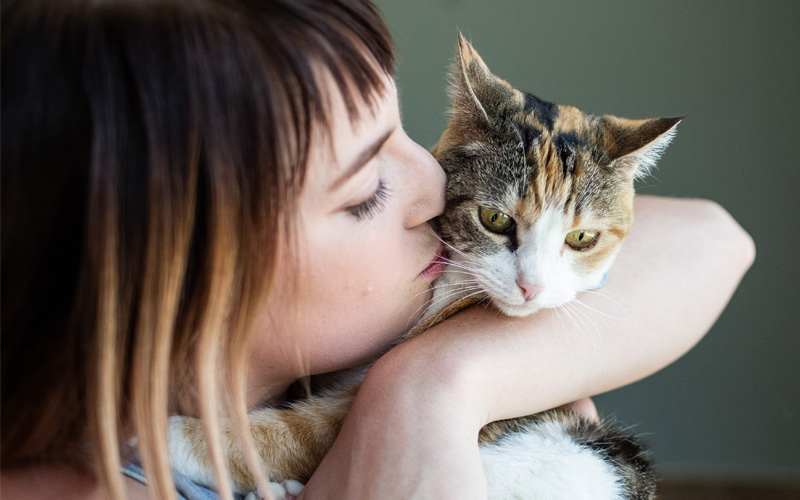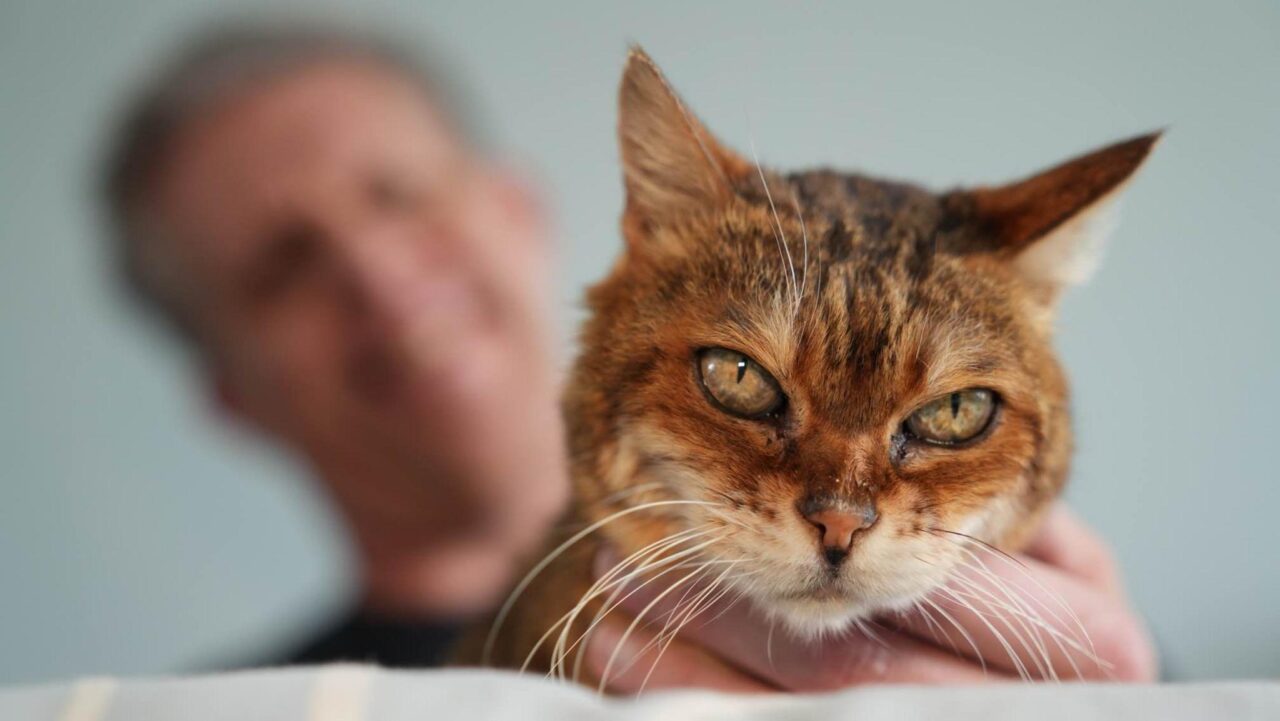📖 Table of Content:
For thousands of years, cats have lived alongside humans — revered in ancient temples, painted in Renaissance art, and now curled up on countless modern sofas. While the companionship of these enigmatic animals is celebrated worldwide, the reasons people are drawn to cats extend beyond their charming purrs and soft fur. According to psychologists and animal behavior experts, some of these motivations may stem from deeper, more complex emotional and psychological needs.
Emotional Anchors in a Fast-Moving World
Modern life is filled with stress, uncertainty, and emotional fatigue — conditions that often drive people to seek comfort in something constant and calming. Cats, with their soothing presence and quiet companionship, serve as emotional stabilizers for many individuals. Studies have shown that simply petting a cat can lower cortisol levels (the stress hormone) and increase oxytocin, a hormone associated with bonding and emotional warmth.
Cats offer a form of companionship that is comforting without being overwhelming. Unlike dogs, who often demand constant interaction, cats allow space and independence while still forming deep emotional connections. For individuals dealing with anxiety, depression, or loneliness, this balance can be incredibly therapeutic. The daily rituals of feeding, grooming, and caring for a cat also bring structure and routine, which can help ground a person during turbulent emotional periods.
The Nurturing Instinct and Controlled Attachment
Humans are biologically wired to nurture. The act of caring for another being satisfies a primal need that often remains unmet in modern adult life, especially for those without children or traditional caregiving roles. Cats, who remain dependent but not overly demanding, fit perfectly into this psychological niche.
Experts suggest that keeping a cat allows people to project care in a manageable and non-threatening way. Cats rarely challenge boundaries the way children or other humans might, yet they still require food, shelter, and affection. This makes them ideal for individuals who want to express love and care without the emotional intensity or unpredictability of human relationships.
There is also an element of control at play. The human-cat relationship is often on the human’s terms — when and how to interact, when to feed, when to play. This sense of autonomy within the relationship provides a form of emotional security, especially for individuals who may feel powerless or overwhelmed in other areas of life.
The Allure of Mystery and Selective Affection
Cats are creatures of mystery. Their behavior is often subtle, unpredictable, and, at times, almost inscrutable. Unlike dogs, who are overtly loyal and expressive, cats reveal affection in nuanced ways — a gentle nudge, a slow blink, a quiet purr. This selective nature makes their approval feel earned rather than given, triggering a reward mechanism in the human brain.
Psychologically, this mirrors certain human relationship dynamics. People are naturally drawn to things that offer intermittent reinforcement — where affection and attention are not always guaranteed. This unpredictability can actually increase emotional investment. The more elusive the affection, the more valuable it becomes when finally offered.
Some psychologists liken this to “emotional gambling,” where the uncertainty of a cat’s affection keeps the owner emotionally engaged. This is not to say that cats are manipulative — rather, their behavior taps into a fundamental human drive to connect, even if that connection must be patiently cultivated.
Identity, Status, and Aesthetic Appeal
Beyond emotional and psychological needs, cats also serve as extensions of identity. For many, owning a cat is not just a lifestyle choice — it’s a personal statement. Cats are often associated with independence, creativity, and intellect, and people who align with those traits may choose feline companions as reflections of their own values and self-image.
Social media has further amplified this phenomenon. Cats — whether purebred or adopted rescues — frequently appear in curated Instagram posts, videos, and memes. Their aesthetic appeal, combined with their quirky behavior, makes them ideal for digital storytelling. In some circles, the type of cat a person owns can even serve as a subtle status symbol.
Trauma, Control, and Subconscious Dynamics
Delving even deeper, experts suggest that cat ownership can sometimes be linked to past trauma or unfulfilled emotional needs. People who have experienced inconsistent affection in their childhoods may subconsciously seek relationships that mimic those patterns. Cats, who offer affection on their own terms, can mirror these dynamics in a way that feels strangely familiar and emotionally engaging.
Some therapists point out that this isn’t necessarily unhealthy — in fact, relationships with cats can offer a safe and non-judgmental space for emotional healing. Through patient care and bonding, individuals may begin to rebuild trust, develop empathy, and even reframe their understanding of intimacy and attachment.
Conclusion: More Than Just Pets
The human-cat relationship is far from simple. While it may appear on the surface to be a straightforward companionship, the psychological underpinnings tell a more intricate story. From the comfort they provide to the control they allow, from emotional healing to identity expression, cats fill roles in human lives that go well beyond that of a typical pet.
Understanding these hidden motivations doesn’t diminish the joy of having a cat — it enhances it. It reminds us that the relationships formed with animals are deeply personal, often therapeutic, and, in many cases, reflective of who we are and what we need most. Whether seen as friends, healers, or silent witnesses to our daily lives, cats continue to hold a unique and quietly powerful place in the human heart.


